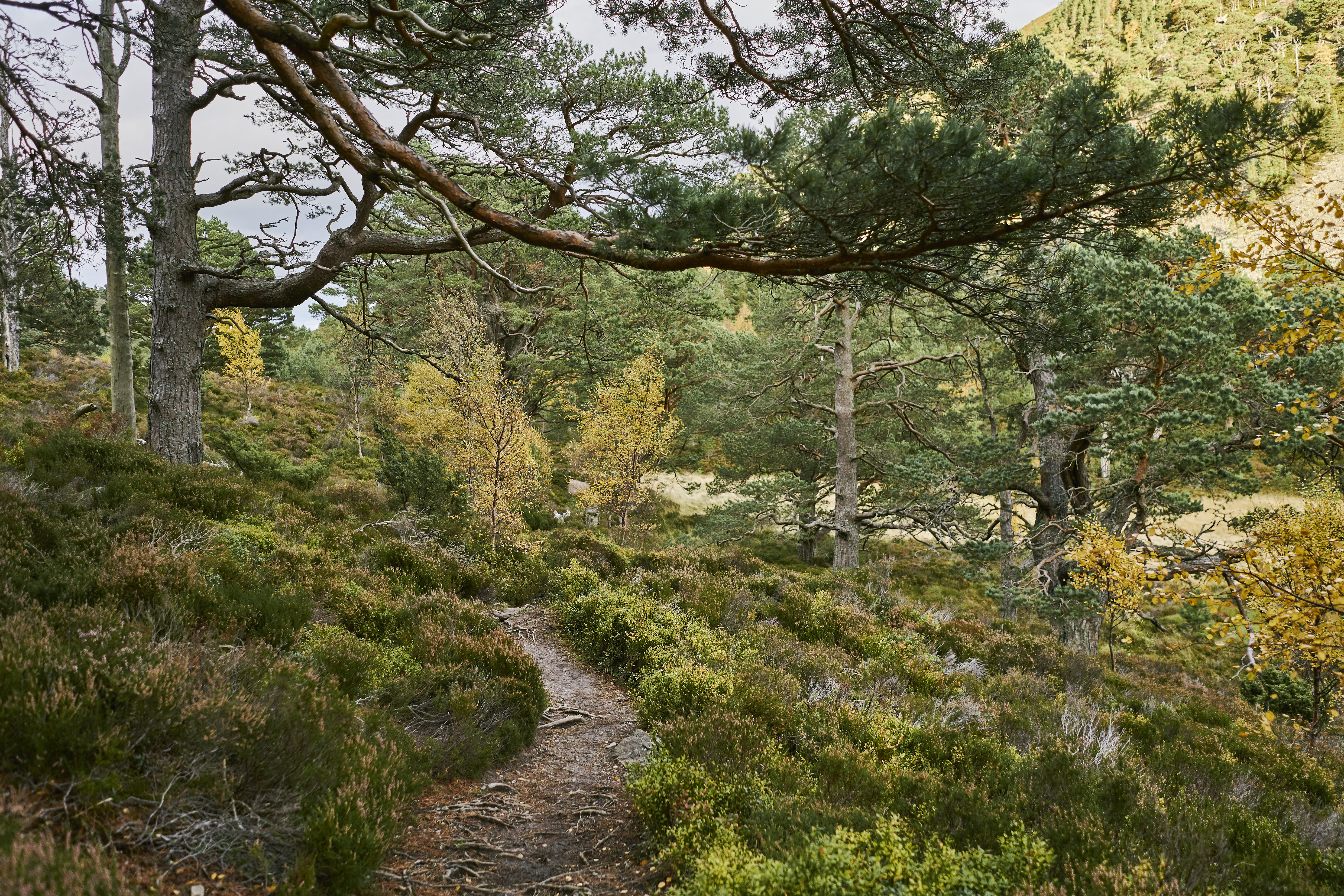29 Sep 2022
Blog: Creating resilience for future forests
The declaration of a global climate emergency by Scottish Ministers in 2019, and the government’s commitment to net zero by 2045 has brought climate change to the centre of government policy.
These commitments, together with increasing examples of increased temperature, droughts and pests, as well as wildfire and storms, have heightened the need for action to improve the resilience of Scotland’s woods and forests, along with the need to contribute to lowering the amount of carbon dioxide in the atmosphere.
In today’s #ScotClimateWeek special, we’re covering the importance of making our forests and woodlands resilient to the effects of climate change. But what do we mean by “resilience” and why is it so vital to act on it?
We put some of these questions to Helen Sellars who is our Head of Sustainable Forest Management.

What is resilience?
Resilience can take different forms – we can adapt by driving change and increasing the extent, connectivity, diversity and health of our trees in order to reduce the impact of future threats caused by our changing climate.
But we also can introduce measures to help our forests be better able to resist the increased threats such as use of alternative management methods, or tree breeding to build resistance to pests and diseases or build drought tolerance.
We also need to plan so that we are able to help our woodlands respond and recover to any major events. This could mean, for example, making sure infrastructure is in place so that quick access is available to a site to remove trees due to windblow for example.
Why do we need to build resilience?
Scotland’s woodland and forests, as a nature-based solution, provide a huge range of benefits and ecosystem services, which would be at risk if they were not resilient to a future climate.
Resilience is key because our forests are natural carbon stores and are vital in supporting our challenging target to reach net zero by 2045. Our forests also provide sustainable timber for a multitude of uses and store carbon in solid form.
There are many other reasons to build resilience ranging from providing key habitats and supporting ecosystems, providing greenspace in our towns and cities or supporting thousands of jobs in rural areas, right through to helping with flood mitigation or even protecting transport and energy networks from flooding or landslides.

How do we build resilient forests?
We can use measures such as increasing the diversity of species, provenance, and structure at a number of scales; more use of management methods such as thinning, shorter rotations and natural regeneration; tree breeding for resistance; monitoring and surveillance; better planning for risk in forest design plans, and contingency planning for response and recovery to events.
Each forest or woodland is different so managers need to weigh that up as the measures will be different for different sites and objectives.

The next steps in building resilient forests.
As always, there is a balance when creating and managing woodland, between the economic, social and environmental benefits that forests and woodland provide.
This balance now needs to be achieved in the context of a climate emergency and making a strong contribution to minimise the speed and eventual level of climate change, and building resilience to allow woodlands to cope with the climate change that does take place.
It is the job of all woodland managers to think about what measures to use to achieve this.
Along with considering the balance of benefits, other issues such as, scale and timescales for building resilience, forest planning, and monitoring and surveillance, all need to be considered.
Work to help and support consideration of these issues and implementation of resilience measures, is also being taken forward on a national level, initially with the National Forestry Stakeholder Group.
